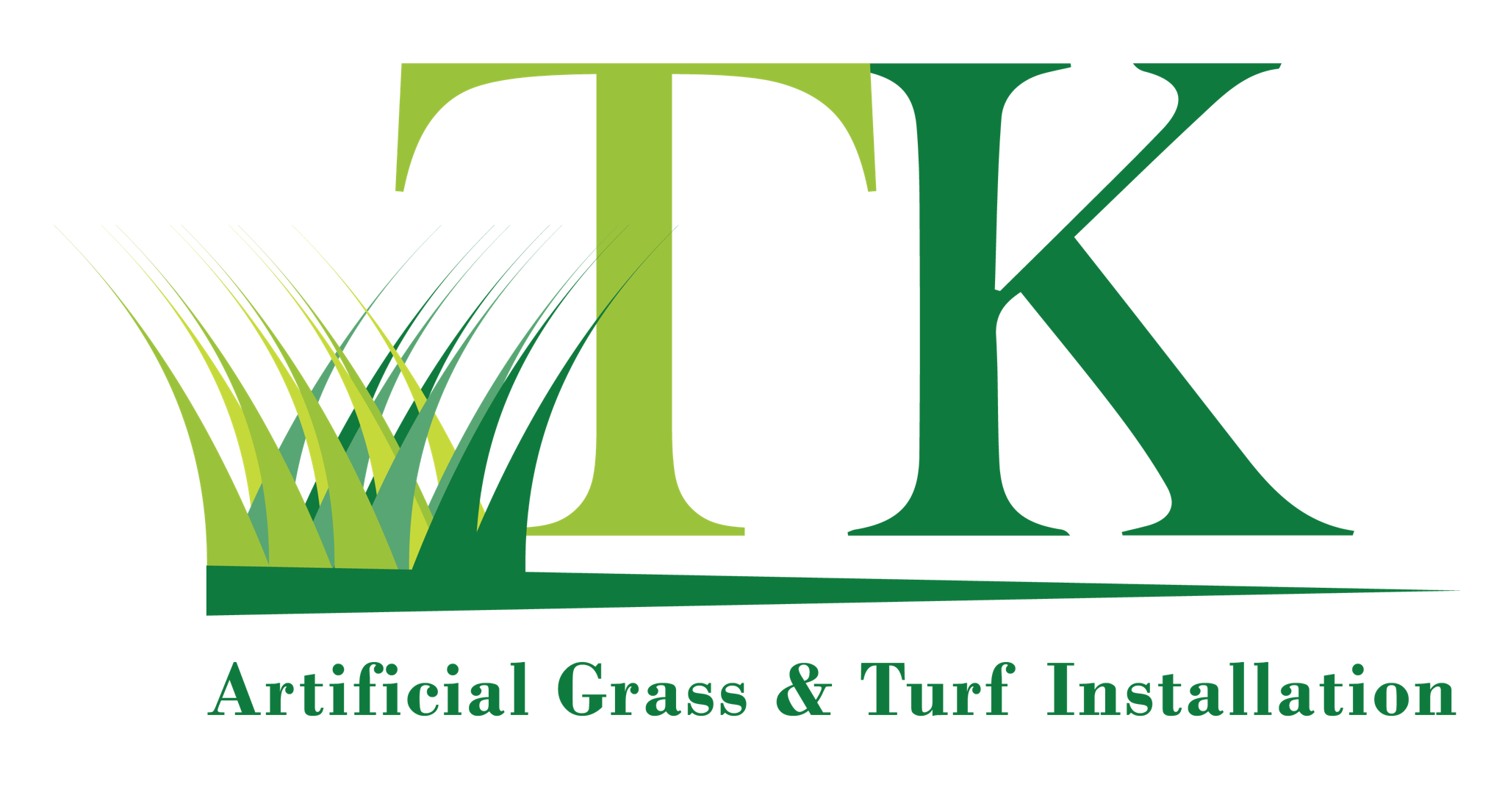Artificial turf is a solid surface of synthetic fibers designed to appear as authentic natural grass, at
least to the touch. It's most frequently used in sports arenas for either indoor or outdoor sports,
which are typically or naturally played on natural grass. But it has become increasingly popular for
public recreational venues and even residential lawns, as well. Though synthetic turf can be used
both on private and public property, it's important to use it with care, especially in residential areas.
Here are some simple rules to keep in mind, while Synthetic Turf Lawn care is concerned:
If the surface temperature of your lawn is below freezing for an extended period during the winter,
such as from November through March, the greatest risk to your artificial turf would be frost. Frost
can form on the surface of the turf due to moisture loss from the underlying ground. The moisture
may then seep into the turf causing the formation of mold or mildew – which is the first symptom of
turf toe fungus. Watering synthetic turf during this time is imperative to prevent the development of
this fungus.
A very important element in keeping your synthetic turf in good condition is proper usage of the
product. Many homeowners are unaware that over-watering can actually ruin the material. To ensure
that water does not ruin your turf, sprinkler systems should be used instead of washing the lawn by
hand. It is important to note however, that while washing the lawn by hand is a common homeowner
practice, using sprinklers may be more convenient. For a one-time fee, sprinkler companies offer
rental equipment that can be rented in order to carefully water your synthetic turf over the course of
the season.
In many cases, the most attractive features of synthetic grass and artificial turf are the durable
qualities that are offered by these materials. This is not to say that natural grass is not attractive, but
synthetic turf has a more polished appearance that many would agree is more aesthetically pleasing.
Synthetic fibers are designed to withstand wear and tear. However, this durability is not unlimited. It
depends upon the manufacturer as to how long the synthetic fibers can be used before requiring a
complete overhaul due to wear and tear.
When it comes to the dangers of injury related to use of synthetic turf for recreational sports, there
are two main concerns: possible heat stress and a latex allergy. Heat stress is often caused when
the blades of the grass are used for extended periods of time; this continuous spinning causes
extreme stress that may cause frostbite. For a person with a latex allergy, exposure to high
temperatures can cause an allergic reaction that manifests itself in a redness, mild rash, itchiness,
and possibly some pain. Heat stress is the main reason that schools and institutions such as football
teams are required to use synthetic turf for the safety of their players.
In conclusion, it can be said that while there may be a slight risk factors among athletes who choose
to play on artificial turf, this is not compared to those playing on natural grass or other surfaces.
There is no better alternative for an active athlete than to play on a safe, comfortable playing
surface. Synthetic turf is one such playing surface that provides an enjoyable and safe experience
for the user. This is why, when choosing the playing surface for your team or recreation, you should
consider all of the factors that are mentioned in this article as you decide which is best for you.
Read into one of our other blogs to learn more!

Recent Comments